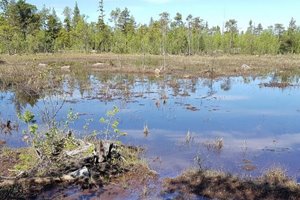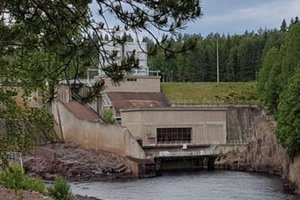eDNA-laboratory
Ultraclean eDNA laboratory at MoRe Research
MoRe Research in Sweden has invested in a new ultraclean laboratory specially designed for eDNA extractions. This is one step in a cooperation between AquaBiota, Stockholm, and MoRe Research where MoRe performs eDNA extractions at the request of AquaBiota. The eDNA technique is well suited for e.g. survey of water environment in relation to mills’ control programmes or legionella control in biotreatment plants.
All living organisms, plants, animals and bacteria leave traces of DNA in the environment in the form of sweat, mucus, faeces, sperm, eggs, hair and dead cells or cell parts. These genetic fingerprints can be found in the environment where the organism has been and are thus called environmental DNA, eDNA. Animals drinking water or swimming in a watercourse also leave traces of DNA behind. Today it is possible to ascertain the animals, fish or plants present under the surface of a lake, river or sea by collecting a small amount of water and analyze DNA traces with the aid of genetic methods.
eDNA give completely new possibilities to take stock of environment and species by using these pioneering molecular methods. The method is extra useful when it is important to find rare, shy, harmful or unknown species in an ecosystem. eDNA has developed very quickly during the last 10 years and is now used for a number of different tasks.
The eDNA technique is primarily used for inventory of natural habitats and AquaBiota uses it e.g. for determination of fish species present in a lake from just a small water sample. It is also possible to use the eDNA technique for e.g. stocktaking of water environment in relation to mills’ control programmes or for legionella control in biotreatment plants.
Link to AquaBiota
Contact MoRe Research:
Christina Wedin, +4670 544 93 99, E-mail



